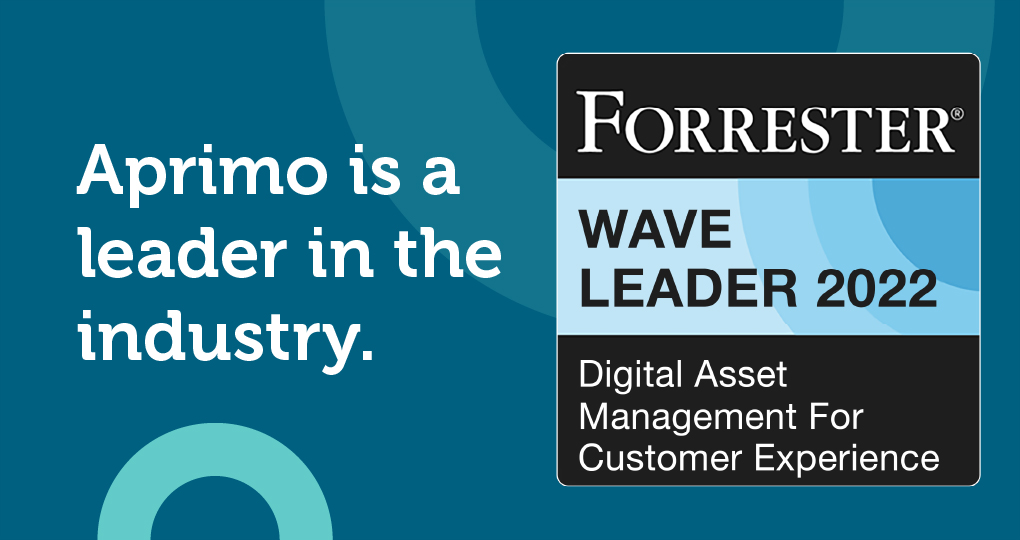Enterprise Digital Asset Management: Scaling Up

Organizations manage an overwhelming volume of brand content and media assets across multiple teams, departments, and geographies. Without a streamlined system in place, this can lead to inefficiencies, inconsistencies, and wasted time. This is where enterprise digital asset management software becomes indispensable.
Enterprise digital asset management (DAM) is a comprehensive solution designed to help organizations efficiently store, organize, and share their vast library of digital assets, including videos, graphics, documents, white papers, newsletters, and other branded content.
Acting as a centralized repository and single source of truth, a DAM platform ensures that these assets are accessible to the right people, at the right time, from anywhere. With advanced capabilities such as automated workflows, customizable access controls, and seamless integration with existing marketing and content management tools, enterprise DAM software enables businesses to enhance collaboration, maintain brand consistency, and speed up time-to-market for campaigns and initiatives.
By consolidating and optimizing asset management processes, organizations can unlock greater efficiency and drive measurable outcomes, empowering teams to focus on delivering impactful, high-quality content.
Understanding Enterprise Digital Asset Management
For large enterprises, a digital asset management system gives employees and strategists access to materials to provide consistent branding and messaging across various channels. A DAM platform supports collaborative workflows, enhances security by regulating access, and offers metadata tagging for easy searching, which saves time and reduces redundant work.
It also provides valuable insights through asset performance tracking, leading to more efficient use of digital resources and improved operational efficiency, which is particularly valuable to large organizations with massive digital libraries.
Challenges in Managing Digital Assets for Enterprise Brands
Enterprises face more challenges implementing and operating a DAM than smaller businesses because of the complexity of their systems and the larger number of users. When setting up an enterprise DAM, big businesses need to consider:
- Volume and variety of digital assets: With an overwhelming amount of multimedia content, enterprises need systems that can efficiently categorize and retrieve a diverse range of assets to avoid loss and duplication. Assets need to be tagged and organized for rapid retrieval to save time and money.
- Collaboration and version control: As global teams create and tweak numerous files, they have to manage different versions to prevent inconsistencies and errors.
- Compliance and security: Meeting industry standards is a primary concern for large corporations. Assets must be safeguarded to comply with legal and regulatory obligations, protect intellectual property, and prevent data breaches and unauthorized access.
Benefits of Implementing Enterprise DAM
Implementing enterprise digital asset management offers organizations a strategic advantage by streamlining how digital assets are stored, accessed, and shared. This powerful solution empowers teams to work more efficiently while maintaining brand consistency across all channels.
Improved Efficiency in Asset Retrieval
With DAM, employees can swiftly locate and retrieve the correct assets instead of spending hours sifting through disorganized files. Rapid retrieval accelerates project timelines and product go-to-market strategies.
Consistency in Branding and Messaging
Consistency in branding and messaging is a natural consequence of implementing DAM. Stakeholders across the enterprise use only up-to-date and approved content, fostering a cohesive brand identity in all of the materials.
Cost Savings and ROI
Having centralized control of assets also avoids costly duplicate work associated with reproducing misplaced assets. The data analytics in DAM platforms spotlight asset performance, guiding strategic marketing decisions and bolstering return on investment (ROI). By reducing redundancies and enhancing decision-making, DAM systems offer a high ROI for large companies.
Key Features and Functionalities of DAM for Large Enterprises
DAM systems provide large enterprises with sophisticated features and functionalities tailored to manage extensive digital libraries efficiently. Features that will help streamline operations, enhance productivity, and safeguard data include the following.
Metadata and Tagging
Metadata and tagging are foundational to DAM, enabling powerful search capabilities and organization. Through precise tagging, users can quickly find specific assets using keywords, descriptions, or other custom metadata, turning a potentially hours-long task into one that takes minutes.
Version Control and Revision History
When multiple people are working on the same project, they need to be able to track changes to assets. Everyone needs to work on the most current version while preserving the evolution of each file for accountability and audit trails.
Integration With Other Tools and Systems
A DAM platform is only one of multiple tools organizations rely on for daily business operations. It should be able to plug into content management systems, marketing platforms, and creative software, allowing for streamlined workflows and the frictionless exchange of assets across various business platforms.
Scalable Cloud Storage
Scalable cloud storage ensures that enterprises can securely store and manage an ever-growing library of digital assets without worrying about capacity limitations. With flexible storage options, businesses can seamlessly handle high-resolution images, videos, and other large files while maintaining fast access and performance. Built-in redundancy and robust security measures protect critical assets, enabling organizations to scale confidently as their content needs evolve.
Asset Analytics and Reporting
Asset analytics and reporting provide valuable insights into how digital assets are used and their impact on organizational goals. Detailed reports track metrics such as asset performance, user engagement, and download frequency, enabling teams to make data-driven decisions and optimize content strategies. With customizable dashboards and real-time data, enterprises can ensure their assets deliver maximum value and align with overall business objectives.
Global Collaboration Tools
Global collaboration tools empower teams across different locations to seamlessly work together on digital assets in real time. Features like commenting, annotations, and asset-sharing capabilities streamline feedback and approval processes, reducing delays and miscommunication. These tools ensure that distributed teams can stay aligned and productive, regardless of time zones or geographic boundaries.
Selecting the Right DAM Solution for Your Large Enterprise
Choosing the right enterprise digital asset management solution can significantly impact your organization’s efficiency and scalability. The ideal platform should align with your unique business needs, integrate seamlessly with existing tools, and provide the flexibility to grow with your operations.
Assess Organizational Needs
Start by identifying the specific challenges your enterprise faces in managing digital assets, considering volume, variety, and the roles of different teams in asset creation and usage. Make a list of the features you’ll get the most value from.
Vendor Evaluation and Selection Process
Next, research and compare different DAM providers, judging them against your list of requirements. When you find vendors that offer the features you want, check into their credibility, customer support, and service reviews. Bring in stakeholders from various departments during the evaluation process so everyone affected will have a voice.
Customization and Scalability
The ideal DAM system should not only fit your current operations but also adapt to evolving demands. Make sure the vendor you choose isn’t operating on the edge of their capabilities with your current volume and load. Look for an enterprise DAM solution that can be customized to your workflows and can scale seamlessly as your business grows.
Implementation and Adoption Strategies
Successfully implementing an enterprise digital asset management solution requires careful planning and a structured approach to ensure a smooth transition. By prioritizing user training and fostering organization-wide adoption, businesses can maximize the value of their DAM investment.
Onboarding and Training
Developing comprehensive onboarding and training programs tailored to various user roles will help everyone get the most out of your DAM platform. Provide hands-on training sessions and accessible materials so users feel comfortable with the new system. Demonstrate the direct benefits to their workflow to create a positive attitude toward the change.
Change Management and User Adoption
With technology advancing at such a rapid rate, many companies find that their employees are suffering from change fatigue. Effective change management and user adoption strategies can provide a smooth transition. Engage key stakeholders early and gather feedback to promote the change across the organization. When employees understand the benefits, they’ll be more likely to embrace the change.
Best Practices for a Smooth Rollout
For an easier transition, stagger the implementation process. Start with a pilot group of users to identify potential issues before a full-scale launch. Building on their experience, establish a support system to assist users during the full launch. Ask for feedback and use it to make improvements.
Scaling Up with Enterprise Digital Asset Management
Enterprise digital asset management empowers organizations to streamline their workflows, enhance collaboration, and maintain brand consistency while managing vast libraries of digital content. From advanced metadata and tagging for quick asset discovery to scalable cloud storage and robust global collaboration tools, a DAM solution provides the foundation enterprises need to efficiently store, organize, and distribute assets across teams and channels.
By integrating seamlessly with existing systems and offering tools like version control and analytics, enterprises can maximize the impact of their content strategies and scale operations without sacrificing quality or efficiency.
When it comes to scaling your enterprise’s content operations, Aprimo is the trusted partner that delivers unparalleled value. With features designed for large organizations, Aprimo combines flexibility, scalability, and security to meet the most complex asset management needs. Its robust integrations, automated workflows, and user-friendly interface ensure your teams can focus on creating impactful content while reducing bottlenecks and inefficiencies.
Take the next step in transforming your digital asset management—book a demo today to see how Aprimo can elevate your enterprise’s content strategy and drive long-term success.



